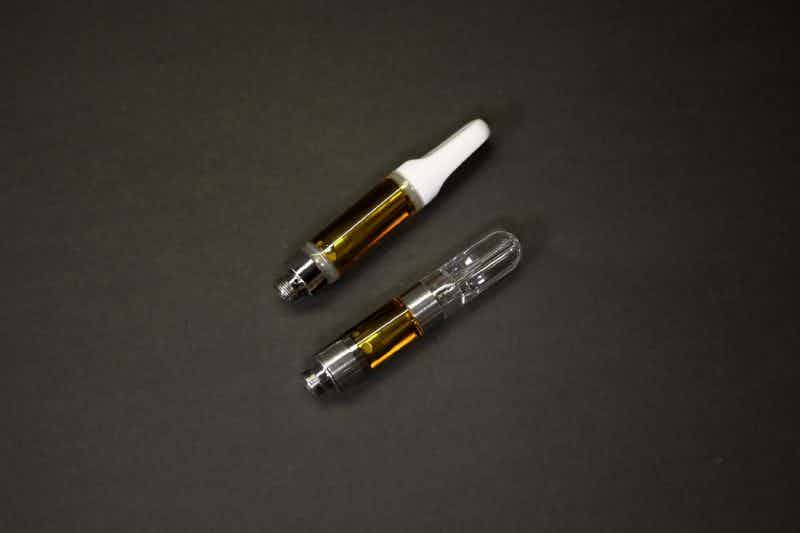Introduction
In recent years, vaping has emerged as an alternative to traditional smoking, drawing a diverse group of users. 然而, one intriguing aspect of vaping is the distinct variation in flavor perception among vapers. While some experience bold and rich flavors, others find the same e-liquids lacking. This article delves into the factors contributing to these differences, shedding light on why some vapers may enjoy flavors more intensely than others.
Physiological Factors Affecting Taste
The human body is a complex system where physiological differences can significantly impact taste perception. One primary factor is the individual’s sense of smell, which significantly influences flavor. Studies suggest that the olfactory system can diminish over time due to age or even prior exposure to irritants. Vapers with heightened olfactory sensitivity may enjoy the nuances of e-liquid flavors more than those with diminished sensitivity.
In addition, genetic predispositions play a crucial role. For instance, variations in taste receptor genes can make certain compounds more or less intense to different individuals. Some vapers possess genes that enhance sweetness perception, making fruity or dessert flavors stand out, while others may find these flavors muted.
Mixing Techniques and Device Settings
The technique employed in mixing e-liquid and the settings of vaping devices can also lead to varying flavor experiences. For example, the ratio of PG (propylene glycol) to VG (vegetable glycerin) can affect throat hit and vapor production, indirectly influencing flavor sensation. Typically, a higher PG content provides a sharper throat hit and potentially enhances flavor clarity, while VG offers a smoother experience with a sweeter taste.
此外, the wattage and temperature settings on a vaping device can alter the flavor output. Higher wattages tend to produce more vapor, which might intensify certain flavors but could also lead to a burnt taste if not monitored carefully. Some vapers prefer lower temperatures for a smoother inhale, which might allow subtler notes to emerge, thereby influencing the overall flavor perception.
Psychological Influences on Taste Experience
Flavor perception goes beyond biological factors—it is also significantly influenced by psychological elements. Expectations and past experiences shape how vapers interpret flavors. A study published in the journal Appetite noted that individuals who expected a richer flavor due to branding or packaging often reported enjoying the product more, even if the actual flavor was the same as a less favorably marketed option.
The social context in which vaping occurs can also affect flavor perception. For instance, vaping with friends or at events may enhance enjoyment due to shared experiences and communal behavior, leading individuals to perceive flavors as more intense. This phenomenon highlights the complexity of tasting and how external factors can significantly shape our experiences.
Environmental Factors in Flavor Perception
The environment where vaping takes place can further influence flavor perception. External aromas, humidity levels, and even ambient temperature can all play a part. In a crowded bar filled with different scents, a vaper might not fully appreciate the flavor of their e-liquid compared to vaping in a controlled environment, free from competing aromas.
此外, hydration is crucial. Research shows that dehydration can dull taste perception. Vapers who may not drink enough water while using their devices could experience a heightened threshold for flavor, resulting in a less satisfying vaping experience.
Comparison of Flavor Ratings Among Vapers
To emphasize the diversity in flavor perception, the following table outlines a comparison of flavor ratings for a popular e-liquid among different vapers:
| Vaper Group | Flavor Rating (1-10) |
|---|---|
| Sensitized Olfactory | 9 |
| Average Sensitivity | 7 |
| Diminished Olfactory | 5 |
| Experienced Users | 8 |
| New Users | 6 |
This data clearly illustrates how flavor ratings can vary significantly based on individual differences among vapers. Each group’s unique experiences and physiological traits contribute to their perception of the same flavors.

結論
While vaping presents an opportunity to explore a wide range of flavors, individual experiences can vary immensely. Factors such as physiological differences, mixing techniques, psychological influences, and environmental conditions all play pivotal roles in how flavors are perceived. With ongoing research, the vaping community may gain a deeper understanding of these complexities, ultimately enhancing the experience for all users.
“`




